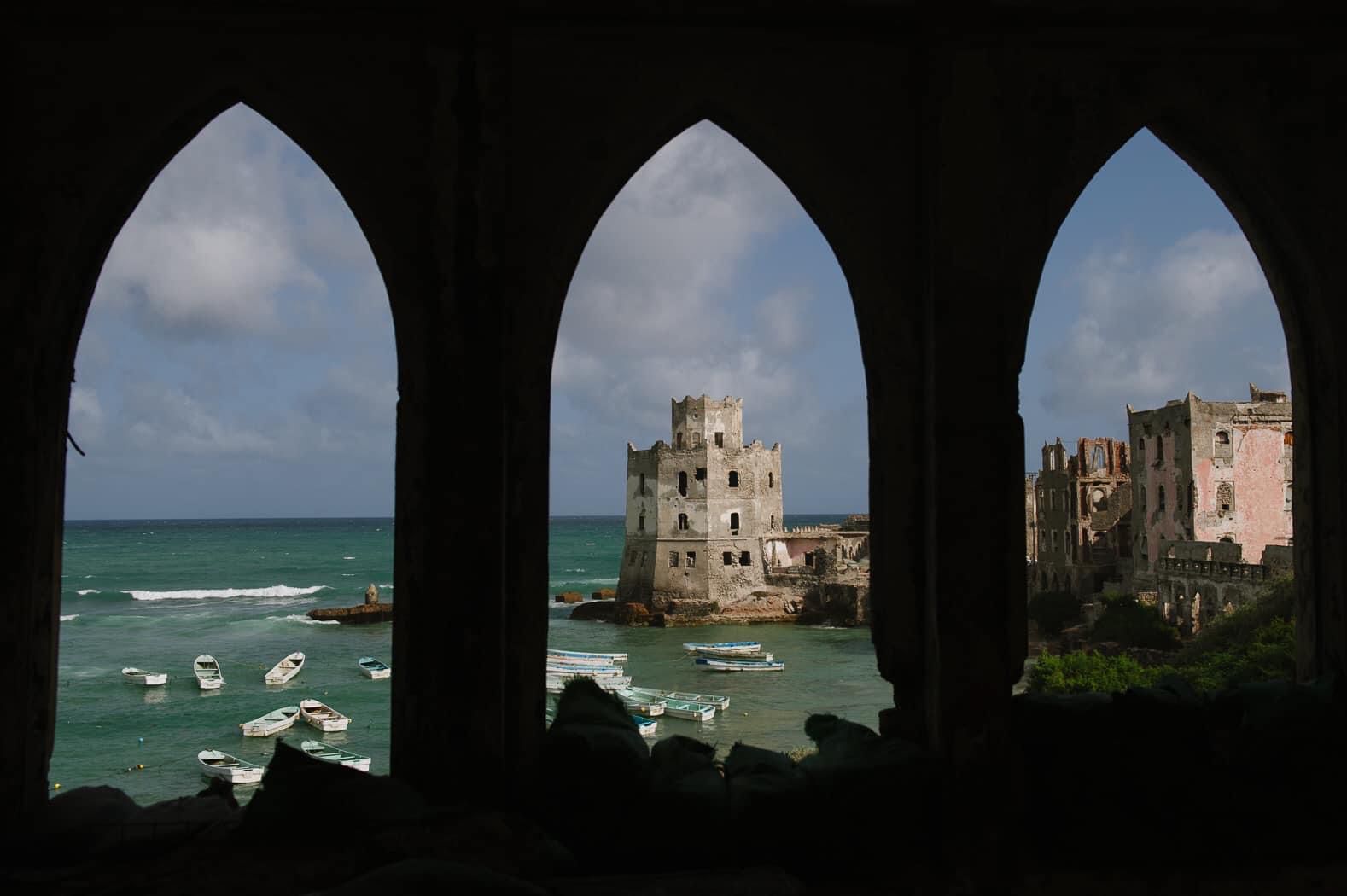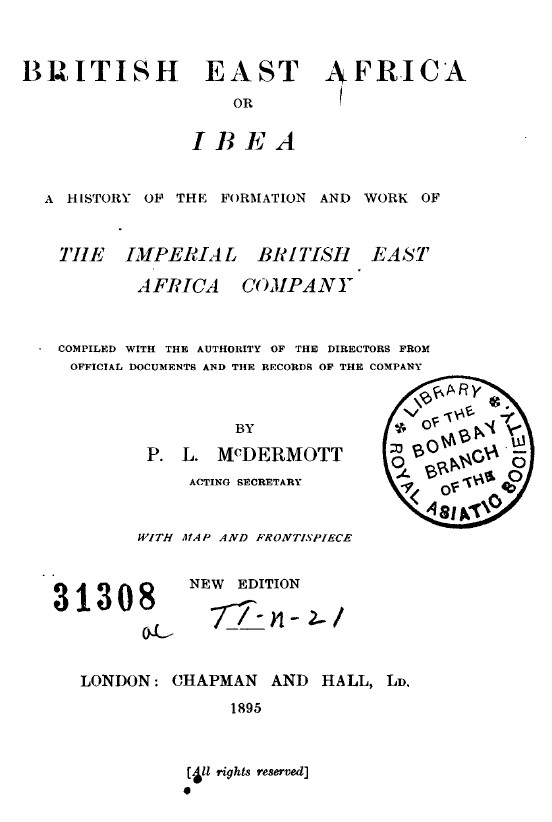
On the fateful day of Friday, May 5th, 2023, we bore witness to a momentous event, as the historical lighthouse in the old district of Mogadishu met partial collapse. Built just after 1936, the lighthouse makes up an integral part of the illustrious history of the city. Despite enduring decades of occupation, terrorism, pillaging and looting, this structure remained an unwavering beacon on the city’s rim for nearly 90 years.
The iconic architectural masterpiece, standing tall as a symbol of the old town of Mogadishu, often attracts tourists who bask in its glory, capturing timeless memories through the lens of their cameras. Despite its unknown origin (lack of research carried out), this magnificent structure does not by anyway convey or represent the rich history, culture, and heritage of the Banadir coast, but it does raise concerns over the fate of other venerable edifices in the old town of Mogadishu, urging us to reflect upon the need for preserving our rich cultural heritage.
The lamentable crumble of this edifice has led to the devastating departure of four members of one family, including innocent children, who were inhabiting the lighthouse. It is disheartening that this avoidable incident has resulted in such a tragic loss of life. However, at a sensitive stage during the death of children, such thought-provoking circumstances does leave many to ponder over the factors that triggered its eventual collapse.
During an interview with Universal TV, the surviving father recounts his story of the incident and describes the events and what led to it. He stated that he was in disbelief at the sudden escalation of events that ultimately led to the death of his wife and children. According to the reports, it was revealed he and his family have been squatting in the historical lighthouse without any reproval from the authority or the locals for the past few years. Dejectedly, the issue of squatting and illegally occupying in empty homes have been rampant and on-going issue in the old town of Hamarwayne and Shingani in Mogadishu. This dates back to 1991 when the city was crippled to a state of anarchy. With the exile of the indigenous Banadir people who fled the city due to its collapse, they returned or were given the calamitous news that a new set of comers have entered their ancestral homes, claiming them, and occupying in them illegally. Certainly, part of a state collapse is the lawlessness nature and immoral behaviour it brings out of people, and a deserted ancient city of Banadir, will patently attract unwelcomed visitors to seize the opportunity and occupy these homes in the capital city.


Some blamed this on displacement and poverty, not to mention the Government reluctancy in tackling the displacement issue. But conceptualising the social dynamics of Somali society, it would be theoretical to say that overpopulating a city with a specific group is riddled with various tribal and political agendas. Mogadishu historically has always been a contested city due to its strategic location and being a capital, it was consistently fought over by various rivalling tribes, and conceivably this is one way to systemically eradicate one group of people and to replace them with another. This may be a sweeping generalisation or a subjective approach, however, witnessing similar cases in the past, in addition to the discriminatory systems such as the 4.5, wide scale historical revisionism and the tribal nature of the country is all an attestation to this.
With the topic of squatting and illegally occupying owned properties, the Banadir people suffered greatly in regaining their properties under the hands of the new occupiers. This is due to the lack of political representation, organisation, and influence. In 2020, a Banadir man (his name will not be mentioned for obvious reasons) decided to take legal proceedings in regaining his fathers home, although he was equipped with official proof of ownership, the court favoured the illegal occupier merely due to tribal affiliations. Other similar cases where Banadiris had to pay triple the amount to an illegal occupier plus local authorities to retrieve their homes. In hindsight, this is seen as a mafia hierarchically structured society if observed from an outside angle. The most extreme case of squatting witnessed was in the ancient Banadiri Mosque, Masjid Arba’a Rukun, a contender for one of the oldest Mosque not only in Somalia but East Africa, yet a victim to squatting and roguery mistreatment. Fortunately, the squatters were removed by the locals, but the issues remain stagnant.
A question to the local authority
Countless of times the issue of archaeological preservation of the cities historical sites have been raised to the ministry of culture and art, but this has been neglected for some time. It is perspicuous that the authority does not have the best of interest of the towns heritage at heart, evidence to this is the poor and inhabitable condition of the two districts, blocked sewage with alleyways filled with waste and pollution. Making an area inhabitable despite it being the oldest town in the cities capital and making life arduous for minority tribes within the two district is the real displacement not widely spoken about. It would not be surprising to have several politicians exploiting this incident for their personal gains, but no proper long-term framework will be introduced, or a viable solution to this on-going issue.
A question to the Banadir People
With the heavy rainfalls earlier in May that hit Mogadishu, videos emerged of the old historical Masjid, Majid Jaama’a (Friday Mosque) being flooded with rainwater, an indication to the poor ownership and responsibilities in old buildings within your town vicinity are your identity and your last physical proof of your ancestral ownership to your history. The ancient buildings in Hamarwayn and Shingani are visual reminders of your area’s cultural heritage and the people who lived there. Questions remains as to where do you go from here? Your neighbours across the coast such as Lamu and the Comoros who face similar political circumstances, have managed to sustain their historical buildings and listed them to the UNESCO heritage site for some level of protection at the very least, and they have ensured their history and contribution is well acknowledged and documented. It is indispensable that the Banadiris are the writers and tellers of their own history, they should be at the forefront in seeking for solutions in preserving the ancient Mosques, graves and buildings that was sustained for centuries by their forefathers.
Written by Abdullahi Khasim Awes (Independent Banadiri writer based in Watamu)













